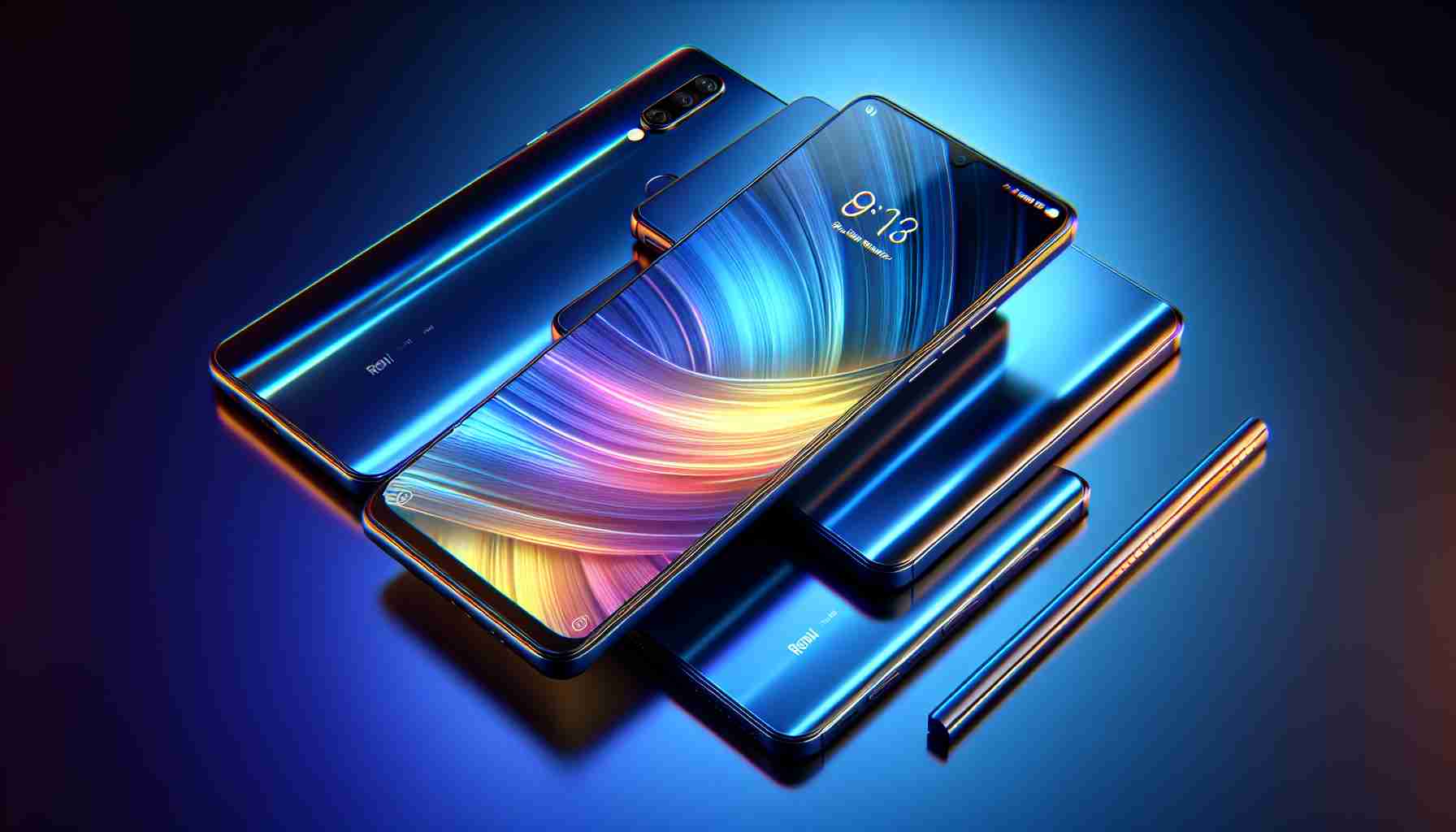Xiaomi unveils the Redmi Note 13R amidst expectations for an all-new iteration to its popular Note series. The latest entrant, which has launched in the Chinese market, seems to echo the essence of its predecessor – the Note 12R. While on the surface, this new device might look like a simple reiteration, there are certain enhancements that stand out.
The design receives a minor facelift, with visible differences in the camera system sizes, yet without altering the technical specifications. Both the Note 12R and its successor hold onto the 50MP main sensor paired with a 2MP secondary camera that supports 1080p video at 30FPS. However, in an attempt to appease users seeking improvement, the Note 13R’s front-facing camera has improved from 5MP to 8MP.
Improvements to the display and refresh rate have been considered, such as a jump from 90Hz to 120Hz on their 6.79″ FHD 1080p LCD screen, creating a smoother visual experience. There is also a leap in the software department, with the phone running on the new Android 14 Hyper OS. Another change that might generate mixed feelings is the substitution of the previous processor for the Snapdragon 4+ Gen 2 chip, coupled with the perplexing removal of the SD card slot.
Battery life remains consistent with a robust 5030 mAh capacity and fast 33W charging capabilities. The pricing strategy has drawn attention as well, ranging from CNY1,399 for the 6GB + 128GB model to CNY2,199 for the high-end 12GB + 512GB variant, prompting consumers to weigh the value against the noted upgrades.
The Xiaomi Redmi Note series has consistently been popular for offering competitive features at affordable prices, frequently democratizing premium smartphone features for budget-conscious consumers. Here are some additional relevant facts and considerations regarding the Xiaomi Redmi Note 13R:
– The use of the Snapdragon 4+ Gen 2 chip suggests that Xiaomi is focusing on providing better energy efficiency and performance relative to the predecessor’s processor.
– The removal of the SD card slot can be seen as a disadvantage for users who prefer expandable storage options. This could be an inconvenience for users who rely on removable storage, especially when considering high-resolution photos and videos that can quickly fill up internal memory.
– Battery life has been a consistent selling point for the Redmi Note series, and maintaining a large battery capacity with fast charging can continue to attract users who prioritize long usage times between charges.
– Display improvements, particularly the increase from 90Hz to 120Hz, cater to users seeking a more fluid and responsive touch experience, which can be particularly noticeable when scrolling and in gaming scenarios.
Key Questions:
1. How does the Xiaomi Redmi Note 13R compare to its competitors in the same price range?
2. Will the loss of the SD card slot affect the sales of the Redmi Note 13R, given its target demographic’s potential need for expandable storage?
3. How significant is the upgrade from a 90Hz to a 120Hz display in real-world usage?
Challenges or Controversies:
– There may be criticism from the Xiaomi consumer base regarding the iterative nature of the Note 13R, particularly if they are expecting more radical improvements with each new release.
Advantages:
– Improved front-facing camera for better selfies and video calls.
– Higher refresh rate display for a smoother user experience.
– Competitive pricing with a range of options to suit different user needs.
Disadvantages:
– Lack of SD card slot might be a deal-breaker for some users.
– Incremental upgrades may not entice current Note series users to upgrade.
A related link for additional information on Xiaomi and its range of products could be the company’s official website. Here is how you would format this suggestion:
Xiaomi Official Website
Please note that the specific details about the Redmi Note 13R, such as the introduction of the new Android 14 Hyper OS, should be verified as they could potentially be speculative or based on rumors prior to the phone’s release. As my knowledge is current only up to early 2023, future developments within the tech industry could have an impact on these details.
